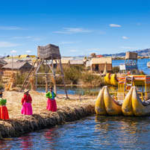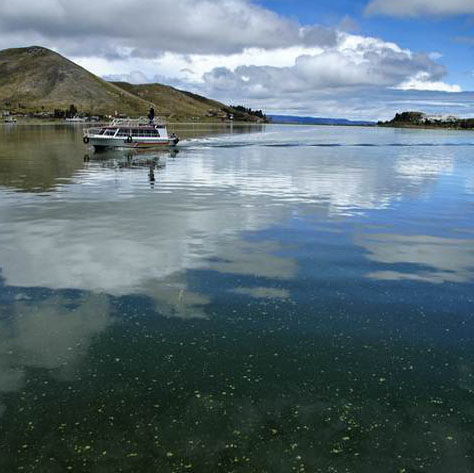Mistical Turism
AYAHUASCA "YAGE" CEREMONIES
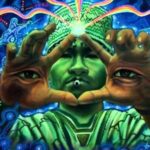

SAN PETER CEREMONY "WASHUMA"
It has a long tradition in traditional Andean medicine. Some archaeological studies have found evidence of its use that dates back three thousand years, to the Chavín culture.
Saint Peter (Trichocereus pachanoi) appears in the iconography of Chavín. The Andean civilization, like others, built its spiritual construction on the use of entheogens. We can assume that Saint Peter’s was used in the liturgy that brought together priests and believers.
It was used by the natives in religious festivities for its entheogenic properties due to the large amount of alkaloids it has, especially mescaline.
A drink called “aguacoya”, or “cimora” was prepared, which was generally mixed with other entheogenic plants.
It is currently widely known and used to treat nerve and joint conditions, drug addiction, heart disease and hypertension, and it also has antimicrobial properties.
Psychoactivity
After peyote, San Pedro is the one with the highest concentration of mescaline. Mescaline has been used for various purposes. Traditionally it had an essential role in religious rituals among Native Americans, who consider that this substance opens the spirit. Having penetrated other cultures, mescaline was used for recreational purposes, but also, as an entheogen, to facilitate psychoexploration.
Itinerary during the day for those taking it for the first time we start at noon A sacred place. We return walking to connect with nature from 8 to 10 hours the purification effect we return to the fullmoon ecolodge where we make a bonfire to share the experiences and accompanied by instrumental andean music
Fullmoon Eco Lodge Peru is a retreat house to feel a sacred space in your home where you can meditate and connect with yourself and enter into your own understanding and live and travel spiritually in this world.
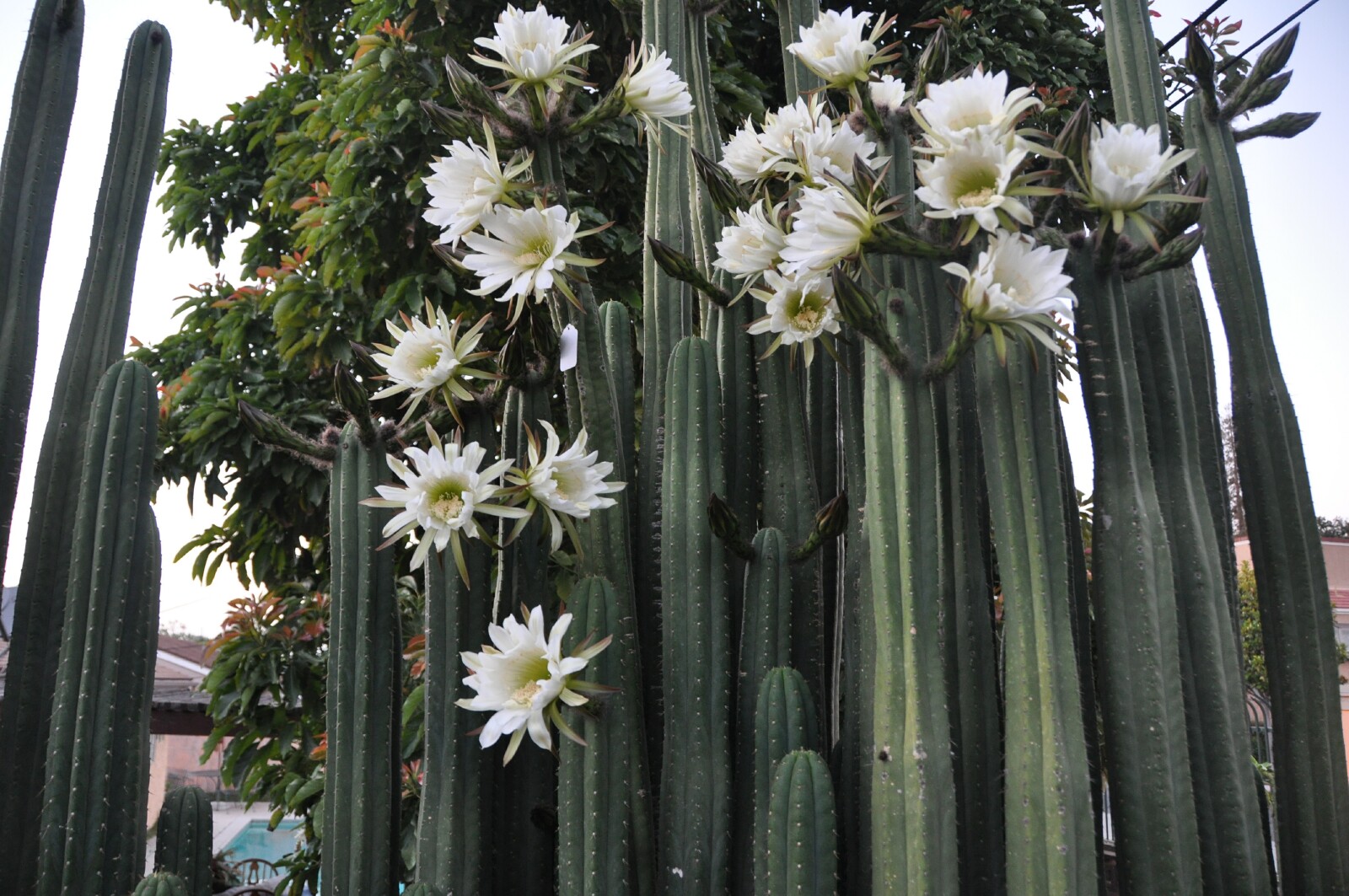
KAMBOO (Ancestral Vaccine)
“Kambó” or “frog” is an ancient medicine used by the indigenous tribes of the Amazon. Kambó (phyllomedusa bicolor) is a type of frog that lives in the Amazon. Its natural secretion contains a substance that acts as a powerful purifier and natural energizer. A basic treatment consists of carrying out 3 consecutive sessions in less than 30 days. It can also be used for longer periods. To use the medicine, small burns must be made. Then, the secretion is introduced into them. For women, the medicine is placed on their legs, while for men it is placed on their arms. The first time the shaman or spiritual guide performs the ceremony for someone he introduces Kambó into an average of 4 to 7 points of that person’s body. following times, on an average of 25 points. The vaccine reaction lasts 15 to 30 minutes.
Kambó is also used to awaken intuition and inner wisdom. It helps to change the way you look at life, it clears your thoughts giving you clarity and making you happier.
The Toad Vaccine is the popular name for the application of the secretions produced by the Kambó or Kampu (Phyllomedusa bicolor). This medicine was protected by the people who live in the Amazon Rainforest where its natural habitat is also found. The poison produced by Kambó is used to cure various diseases such as depression, liver ailments, addictions, etc. It is also indicated for the treatment of Anemia and to enhance the action of the Immune System, therefore being used effectively as preventive medicine, especially to prevent colds.
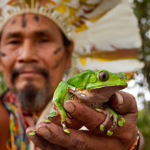
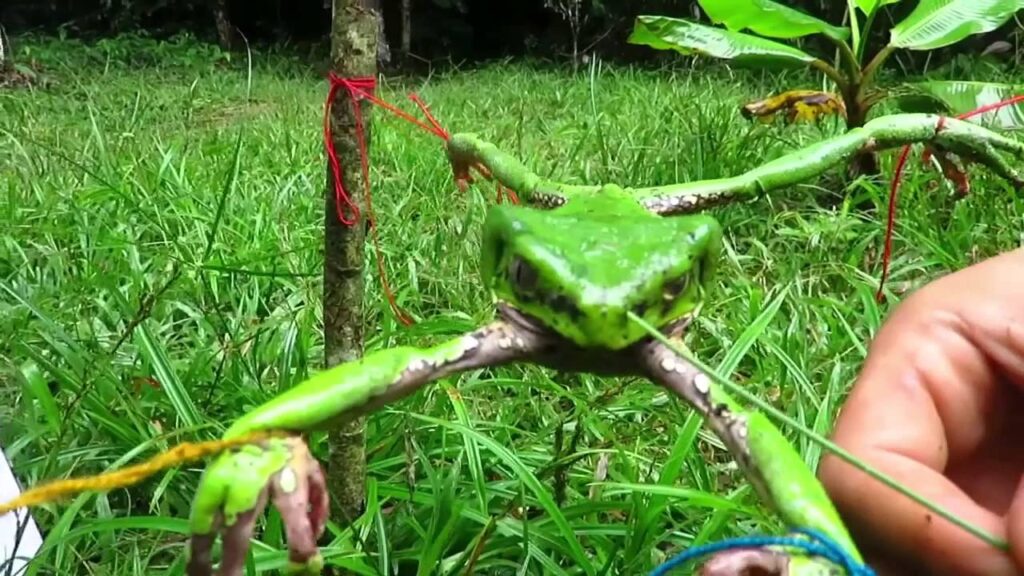
TEMAZCAL (REBIRTH BATH)
A temazcal (from the Mayan temazcalli, ‘house where you sweat’, from temaz, ‘sweat’, and calli, ‘house’) is a steam bath used in traditional medicine and daily life in the towns of central Mexico.
These baths have been used by various indigenous cultures of Mesoamerica and the Quechua Culture for medicinal purposes of detoxification by sweating due to herbal infusions. In Mayan it is zumpul-ché and in Mixtec, ñihi.
In the 16th century, Alonso de Molina defined it, in his Spanish and Mexican language vocabulary, as “a house like a stove, where they bathe and sweat.”
Some municipalities in the state of Mexico continue to preserve their toponym in the Nahuatl language and this ritual practice, such as Temascalapa, Temascaltepec and Temascalcingo.
When it is considered that the tlexictli is already hot enough, the bathers are called. They must enter naked one by one. The clothes are contraindicated, as they are considered to retain cold and humidity, which can harm the bather with diseases classified as “bone pain”, even pneumonia. It is usually indicated that bathers enter on their backs, so that they do not receive the blow of hot air directly to the face and may suffer from vertigo or dizziness that causes fainting or vomiting. Once the bathers are accommodated by lying on their backs – they cannot stand or sit, as these positions can cause dizziness, fainting and vomiting – the temazcalero or bathing suit provides them with hot water, which will be thrown at the wall of the tlexictli from inside the bathtub. bathroom. This act is called tlazaz, and it is done in batches of five tlazas, on average. The number of rounds varies according to the taste of the bathers. Before making tlazaz, the entrance is covered with a blanket, and the temazcal is left in the dark.
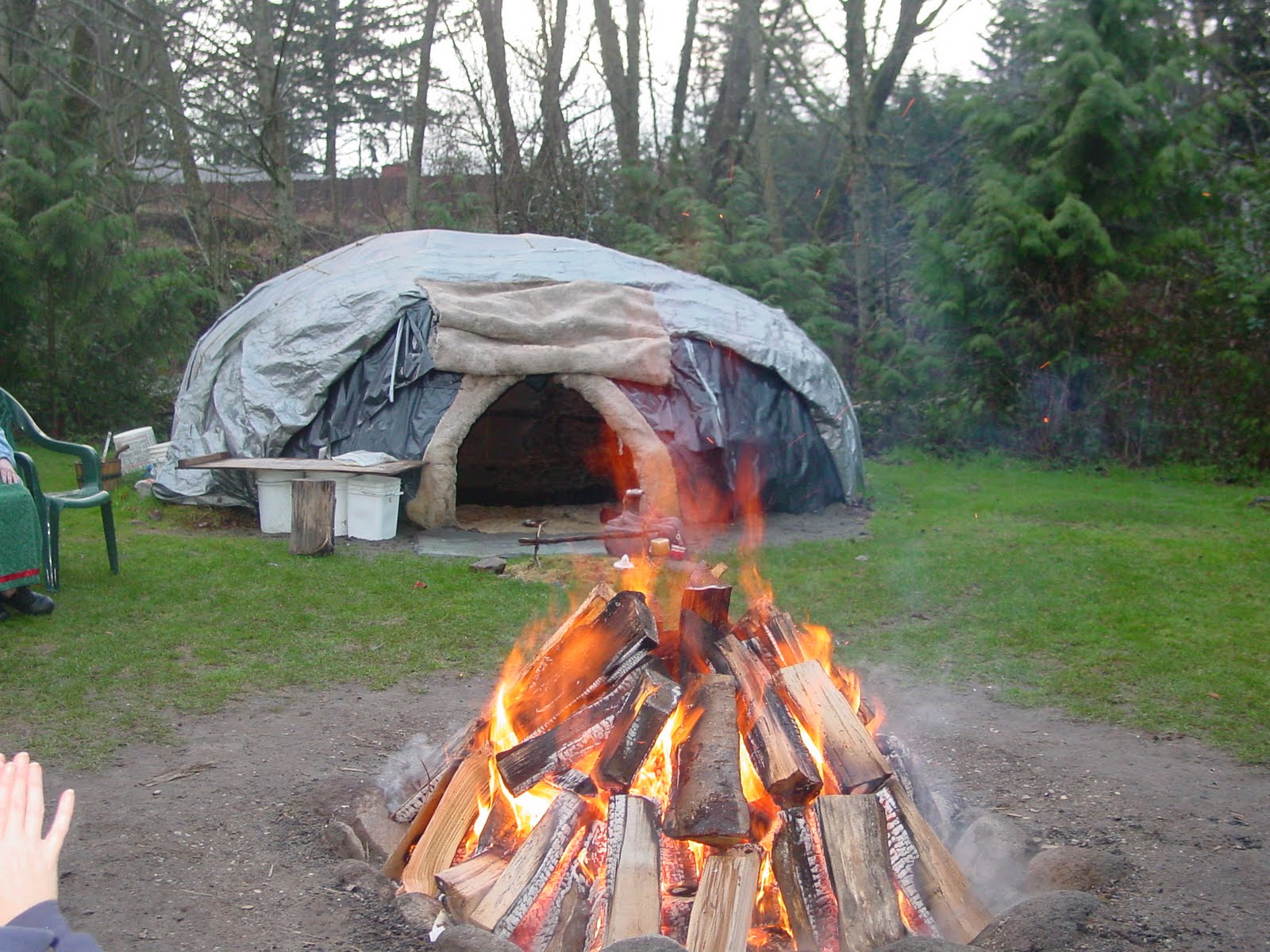

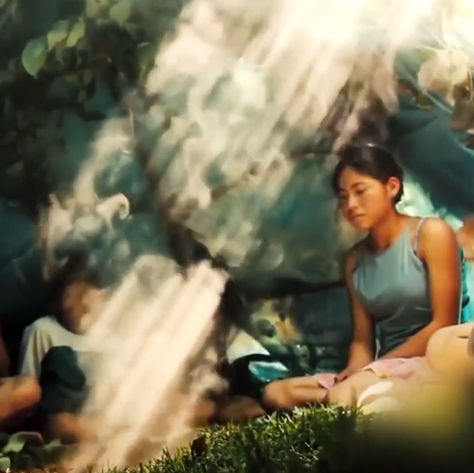
Once the steam is released from the stone wall, the temazcalero uses the branches to “call the steam” that lies above the bathroom, towards the lying bathers. This act, called tlachihuiz, consists of waving the branches in the air and then gently hitting the body of the bathers who, at that moment, are already sweating.
Bathers are then urged to change position so that their entire body sweats. The temazcalero asks if any of the bathers are in pain. If so, the temazcalero gives tlachihuiz to the affected part of the bather.
When the bathers consent, the blanket is removed from the entrance, and thus the second phase of the bath begins. Hot water is introduced—which may or may not be an infusion of medicinal herbs—so that the body is rinsed except the head. Small, smooth river stones are then given so that bathers can rub and remove dead skin. This must be done carefully; Otherwise, it “goes too far”, that is, it reaches the dermis, which causes superficial wounds or skin irritation. Rinsing with hot water is carried out once again, the bather soaps his body with the grass and pours hot water again, and then cold water is obtained to wash his head with soap. This is because it is considered that the head tends to heat up more than the rest of the body, which tends to cool down, so it is necessary to balance the temperature with the water. Before leaving, bathers rinse their entire body except their head once more with hot water, and leave the temazcal with their heads first, thanking the temazcalero for the attention provided.
Finally, bathers are covered when leaving the temazcal and are taken to rest on a mat or on a bed. If there is an herbal infusion, it is served in a cup to be drunk.
BLOOMING BATH
The sacred Inca ritual called Flowering Bath activates your destiny, recharges cosmic and spiritual energy; connects with the great spirits, attracts positive vibrations and energetic powers of the universe. These Inca Flowering Baths are very important and are made through different exotic flowers, petals and medicinal wild plants.
It serves for personal protection against negative energies. Helps in your life, channels positive energy in all aspects. It contributes to improving love, health, work, prosperity, well-being and others.
The secret is to make wishes or dreams with great faith and believe in the energetic powers of the earth and the universe.
We use different plants, such as rosemary, rue, incense. To change the aura of the spirit and alignment of the chakras of your body.
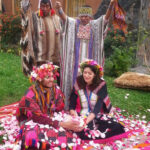
ANDEAN MARRIAGE (Union of the four elements)
Arac Masin: Andean marriage is a symbolic ceremony full of mysticism and spirituality
The bonds between a couple can be strengthened in many ways, but without a doubt marriage is one of the strongest. But for many, a traditional marriage is a ceremony full of pressures, clichés and not very spiritual. That is why for those who seek to go further and have a more spiritual and mystical union, there is the Arac Masin or Andean marriage.
Andean marriage, a spiritual union
The Andean marriage is a mystical ceremony and spiritual connection, although it is symbolic and does not have the legal validity like traditional marriage, it is an experience that strengthens the bonds of the couple like few other rituals of this kind.
Characteristics of Andean marriage
• The Arac Masin is a ritual of Andean origin and can be practiced by any couple, whether married or not, regardless of gender or condition; the most important goal is spiritual union.
• The Andean marriage must be performed by a shaman, knowledgeable about this tradition and all the details of the ritual. Many times he is accompanied by an assistant, who is called “Aqlla”.
• To perform this ceremony it is necessary for the couple to commit to the ritual. That is why you should wear typical outfits; In addition, the shaman will prepare the environment with important elements for the ceremony, such as flowers, implements and offerings.
• Let us remember that this ceremony also unites us with nature and the Inca gods, the apus; since this duality will transcend eternity.
• The place is also important, the Andean marriage is usually held in a place full of mysticism and energy, an environment of nature and peace. That is why a large part of Andean marriages are celebrated precisely in Andean towns.
Union of the four elements
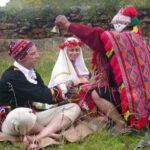
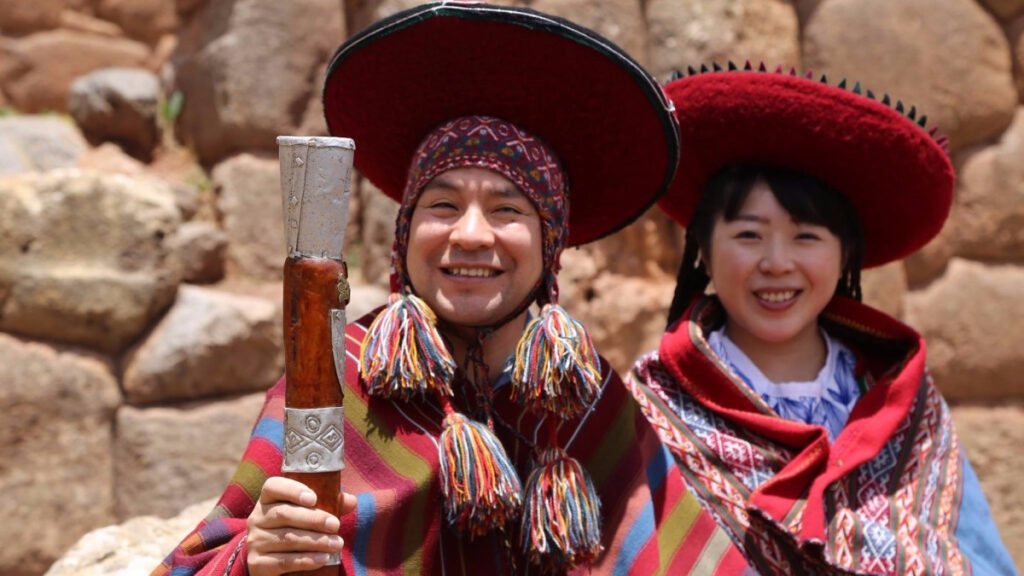
OFFERINGS / PAYMENT TO THE LAND
The central ritual of the Pachamama or festival of Mother Earth is the chaya or payment, which, as already mentioned, involves an act of reciprocity. Although the first day of August has become popular as the main day for its performance, in fact it is practiced throughout the month, and in many places also on the first Friday of each month. The ceremonies are carried out by elderly people or people of greater moral authority within each community. In the case of the Aymara people, this person is called “yatiri”.
The ancient Peruvians developed a close bond with nature of respect, fear and adoration. Men and animals depended exclusively on what the earth produced and provided, this led to the need to express their veneration of the Earth as a source of life. The religion of the Andean world is based on ancestral rites that link man with his habitat. For the Andean worldview, Inti, or Sun god, was one of the most important gods, the Apus were the spirits that lived in the tutelary mountains and Mother Earth (Pachamama) was the goddess of fertility.
In the logic of Andean reciprocity, payments (or Pagapus) are the way of thanking the spirits associated with natural forces, for the goodness or benefits they grant them. The offerings that are buried in Mother Earth include coca leaves (for the Andean worldview they are the mediators between nature and humans), a variety of cereal seeds, unworked silver, sullus (llama or sheep fetuses), chicha, wine , animal fat, sweets and huairuros (red-black seeds with symbolic and magical powers).
Payment to the land, a ritual that is frequently practiced in the Peruvian Andes, is carried out on the first day of August and continues throughout the month because the peasants affirm that at this time the Pachamama is thirsty and hungry, and it is necessary satisfy it, nourish it and offer it the best foods to give it strength and energy.
Another form of offering is the apachetas or stone mounds that walkers leave near the Apus, as a way of respect. At patron saint festivals or social gatherings, it is also common to throw beer or chicha onto the earth, simulating respect and payment for everything it offers for human consumption.
It serves for personal protection against negative energies. Helps in your life, channels positive energy in all aspects. It contributes to improving love, health, work, prosperity, well-being and others.
The secret is to make wishes or dreams with great faith and believe in the energetic powers of the earth and the universe.
We use different plants, such as rosemary, rue, incense. To change the aura of the spirit and alignment of the chakras of your body.
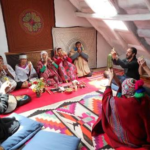
MYSTIC TOURISM LAKE TITICACA
1 day
We leave Cusco visiting different pucapucara raqchi towns, arriving to sleep in Puno.
2 day
visit amarumuru the oldest dimensional door and make an offering at the place of the vortex
3 day
We enter the islands of Lake Titicaca
As Urus is the highest floating island in the world, other Amantani Taquile people sleep in a family home to do experiential tourism in the island community.
4 day
We visited other islands and in the afternoon we returned to Puno to sleep
5 day
We return to Cusco or you can take the plane to Juliaca.
It serves for personal protection against negative energies. Helps in your life, channels positive energy in all aspects. It contributes to improving love, health, work, prosperity, well-being and others.
The secret is to make wishes or dreams with great faith and believe in the energetic powers of the earth and the universe.
We use different plants, such as rosemary, rue, incense. To change the aura of the spirit and alignment of the chakras of your body.
